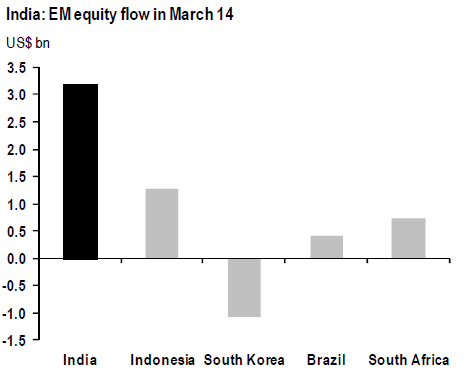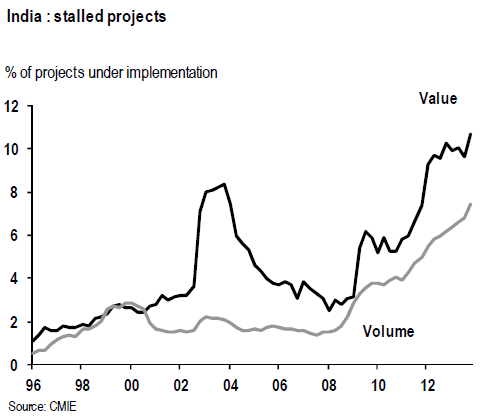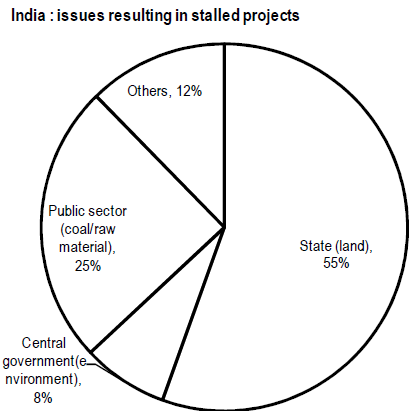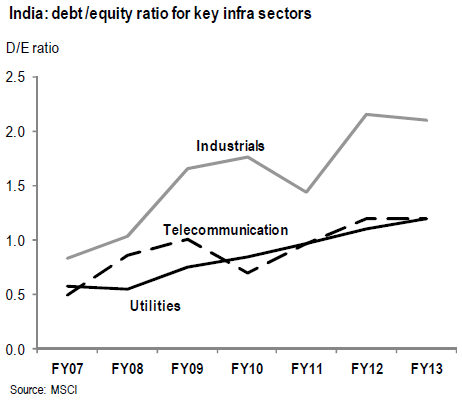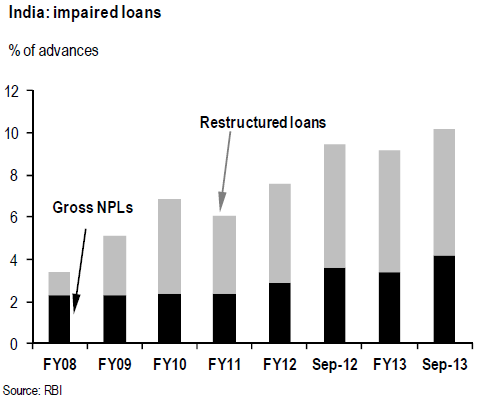Bhavin Desai of Motilal Oswal Securities was on CNBC saying that one may buy ITC 350 Call and advises shorting 360 Call. This is a 350/360 long call spread on ITC. Let’s see how the trade works.
The greeks
The 360 call has a θ of -145.36 and it the model premium is 3.04. This means that the time decay will make the option worthless in a couple of days. Not bad since you are an option seller.
The 350 call is already ITM (the stock closed at 352.70) and the last traded price, Rs. 6.3 is less than the model price of Rs. 7.49. Not a bad deal.
Payoff diagram at expiry
ITC needs to be above Rs. 354.35 at expiry for this trade to break-even. Max loss is the premium paid upfront (Rs. 4350)
The right trade for the wrong reasons?
The transcript on moneycontrol says:
We are not really sure what that means. The reason why you would put a bull spread on is if you are moderately bullish about the stock and want to mitigate the cost of buying the lower strike by selling a higher strike.
Reference
Buy ITC 350 Call, short 360 Call: Bhavin Desai
Related articles
- Long Call Spread
- USDINR 63.5/65 Bull Spread (stockviz.biz)













